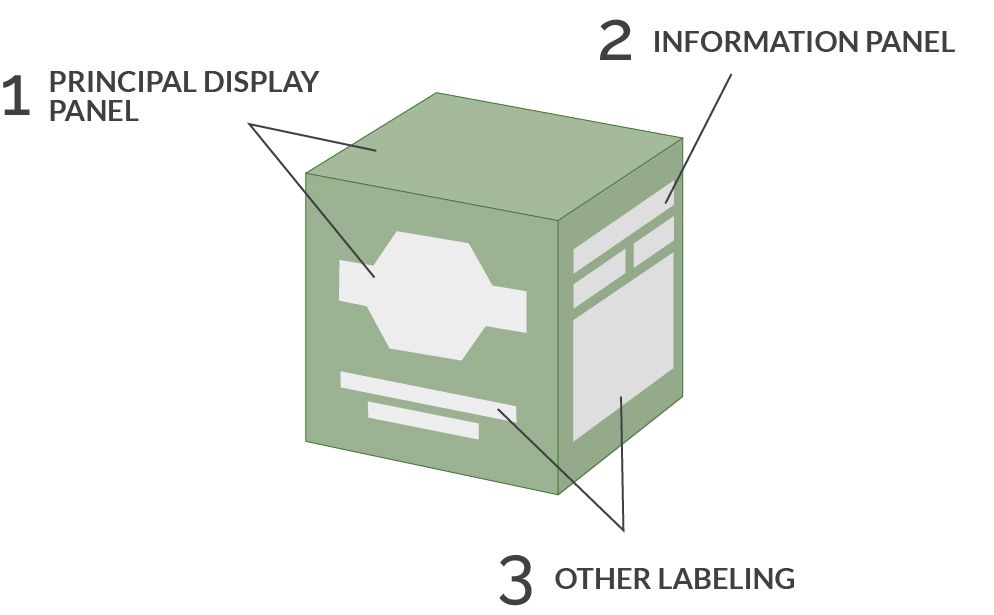Arizona first introduced a policy reform initiative for cannabis in 1996. 65% of voters approved the policy,allowing physicians to prescribe cannabis to patients who needed it.However, a few months later, state legislators repealed the initiative, but the repeal was rejected by voters. In 2002, Proposition 203 was a medical cannabis initiative legalizing it’s use as well as sought to decriminalize recreational use. However, votersfailed to approve the proposition. In 2010, voters barely passed the initiative with 50.1% of votes that legalized the use of medical cannabis. On the November ballot, Arizona’sregistered voters will get the chance to vote on legalizingtherecreational useof cannabisfor those twenty-one and older. Until that time, Arizona has requirements that need to be followed for medical cannabis to be sold or transferred.
The only regulation at this time for packaging is that the container must be child-resistant. The product labeling has additional specific rules that must be followed. Labels need to include the following information:dispensary registration number, strain type, batch name, the THC amount and weight of marijuana or marijuana product if applicable. Starting November 1, 2020, the potency of the product based on lab test results need to include percentages of total THC, cannabidiol, any other cannabinoid the dispensary is making a claim relating to the effect on the human body.

Warning statements that are required to beon the label include “ARIZONA DEPARTMENT OF HEALTH SERVICES’ WARNING: Marijuana use can be addictive and can impair an individual’s ability to drive a motor vehicle or operate heavy machinery. Marijuana smoke contains carcinogens and can lead to an increased risk ofcancer, tachycardia, hypertension, heart attack, and lung infection. KEEP OUT OF REACH OF CHILDREN”.
If the marijuana product is not cultivated by the dispensary, it needs to note if the product was obtained from a patient, caregiver, or another dispensary. Ingredients should be listed in order of abundance in descending order, date of manufacture, harvest, or sale, as well as the identification number of patients.
If the dispensary provides cultivated product or product infused or prepared for sale, they shall ensure that it is labeled with dispensary’s registry number, amount, strain, batch number,and date of harvest or sale. Before November 1, 2020, dispensaries providing cultivated productsby another dispensary shall label productswith a list of chemical additives, including pesticides, herbicides, and fertilizers used during cultivation.
For a more detailed explanation of the rules and regulations regarding packaging and labeling, download our packaging and labeling guide available below. If you have more questions regarding packaging and labeling, visit Arizona’s Administrative Codeonline at https://apps.azsos.gov/public_services/title_09/9... You can also send an email to Thomas.Salow@azdhs.govorcall (602) 364-1935.
*THC Label Solutions provides this document to serve as a guide and not as legal advice.

